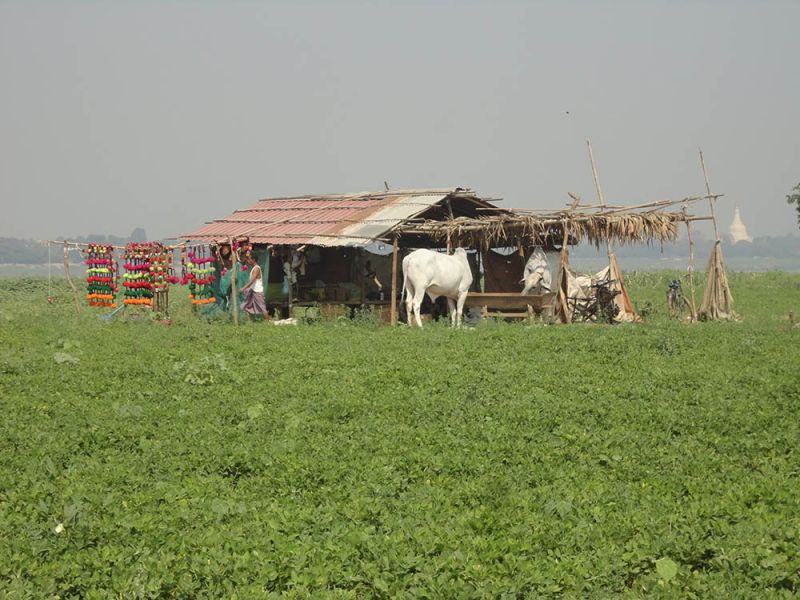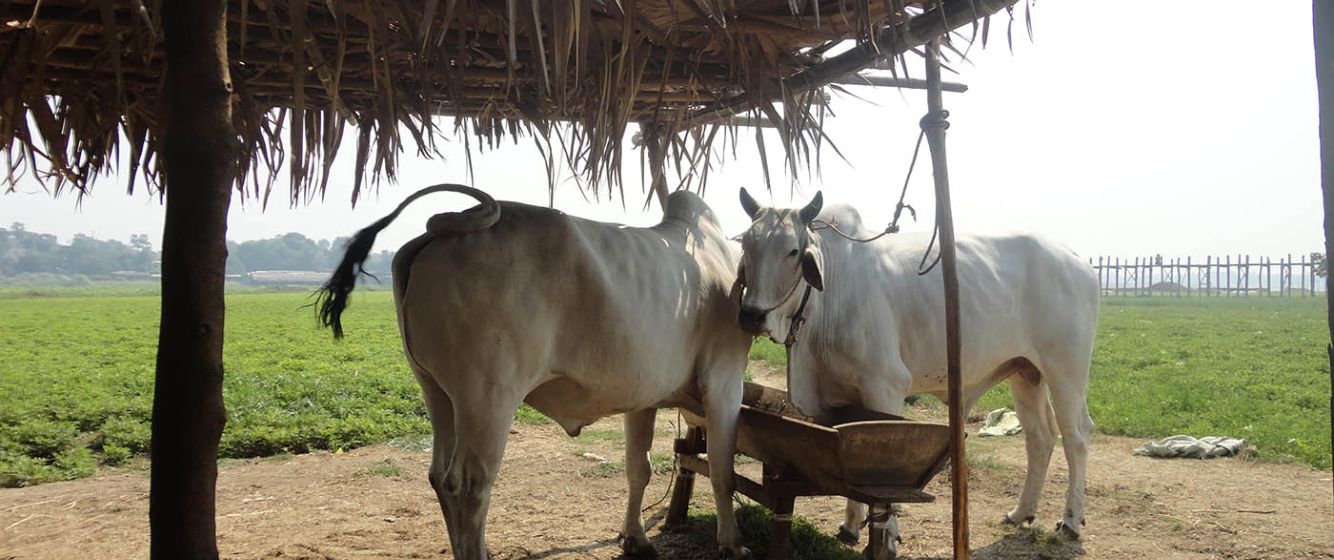The approach of HaB has helped challenge the existing course which is based on western texts written in 1950s-60s and the traditional structured teaching environment.
In the Academic Year 2019-2020, I am teaching General Anthropology (Anth-1101) to first year students. My colleagues and I, as part of Humanities across Borders programme and in conversation with Dr Aarti Kwalra, re-looked and re-examined the course outline of General Anthropology in 2018-2019 to make it more connected with the world. Our idea has been to combine the classroom and field work to show how the concepts of general anthropology that the students learn in the class can be connected with the world around them using code words. As extensions of the field work, the students analyse the learnings from the fieldwork with what they learn in the classroom and the theoretical concepts. The approach of HaB has helped challenge the existing course which is based on western texts written in 1950s-60s and the traditional structured teaching environment. In addition, our Anthropology Department at Mandalay University has been looking for possible sites for field visits related with textile weaving for the upcoming “Reading Amarapura,” an experiential school in 2020.
With the intention of revising the course of General anthropology (Anth-1101), I adopted the HaB approach to explore every day practices, poems, corpuses and oral histories using U Pein Bridge situated on Taungthaman Inn[1] as a site of meaning and knowledge. When I asked the students to list terms connected with intangible and tangible heritage in anthropology, they identified: belief, norms, oral history, relationships, values, practice, symbols etc. In the middle of February 2020, the students visited U-Pein Bridge, situated near Taungthaman village by taxi. Their objective was to find out whatever they could – stories, experiences, lores, etc, related with the word concept of their choice.
On 21 February the students went for their first fieldtrip. There were four groups and they divided the tasks of the field visit – taking photos, and interviewing the informants, among themselves as they had only two hours to complete their tasks. After the field visit, each group presented its findings in the class which was followed by a question and answer session. The students also compared their experiences. The MA students were invited to be part of these sessions.
Given the departure from traditional way of teaching, this experiential exploration of anthropological terms, helped the students to practically connect with what they had learnt in the classroom. When I used to teach these concepts earlier, the students had not internalised them. But this time, there was a difference and it was evident in the notes that they collected from the community living near the U-Pein bridge.
During the discussion time in the class, a student, Aye Phyu Cynn Thant, described the way they connected code/ concept words with the community thus:
When we arrived at the U-Pein Bridge, our group noticed a range of things that we identified under tangible culture. They are U Pein Bridge, different kinds of crops like sunflowers, beans, corn, boats, and stalls of shops, dirty water, fortune tellers, teak poles used to build U Pein Bridge and visitors.
Conversely, we also learned what intangible culture is after we interviewed the informants. Some of the significant intangible cultures that we observed were visible through the voices of the community members, the bells hanging on the ropes outside the huts[2], beliefs, worship and behaviour of the informants.
Another student, Aye Myat Myat Phoo, observed,
“First as soon as our group arrived at the bridge, we observed U Pein bridge was established on the Taunghtaman inn/river. Thus, I understood the relationship between river and the bridge. I also realised that it is important to find out historical information as well.”

Students' presentations
The students also chanced upon an anthropologist who was clearly a foreigner. They interacted with him as I looked on. Two additional concepts were added – historical space and livelihood. First, U-Pein bridge as a historical place because it was built over hundred years ago. Second the students also understood through my and the anthropologist’s conversation that the livelihood of the people in this area is dependent on the seasons. For example, in the rainy season, Taungthman lake overflows making it difficult to farm.

Decoration for cows hanging on the rope
Additionally, my colleague and I are also extending this HaB approach in a Masters’ module, Module – 611 Cultural Anthropology and Sociology. The students have to submit a thesis as part of their course work and, we’ve been using this approach to make their research meaningful.
[1] inn: lake
[2] In Upper Myanmar, as part of the novitiation ceremony, the parents of children who will change novicehood rent bullock carts with decorated cows with hanging bells to pick novices up to go around the village and then to pay respect to the pagoda and finally to worship the guardain spirit (Nat).
